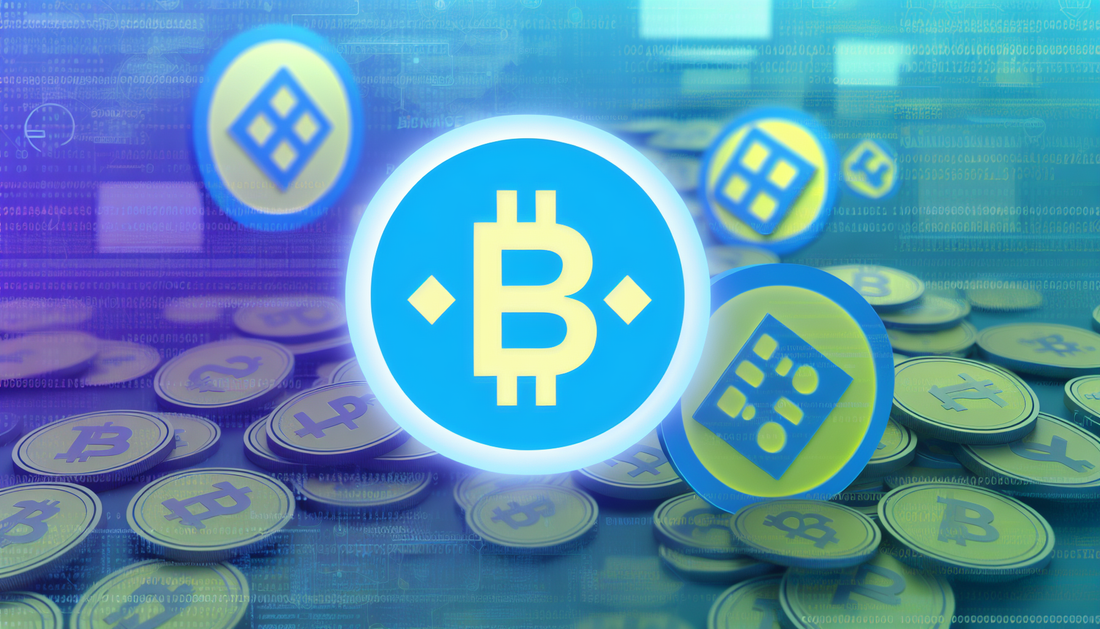
Decoding BNB Tokenomics: Binance Coin Explained
Share
Understanding BNB Tokenomics: The Structure Behind Binance Coin
Binance Coin (BNB), the native cryptocurrency of the Binance ecosystem, is a fundamental component in the realm of digital assets. As with any cryptocurrency, understanding the tokenomics of BNB is crucial for grasping how it functions within the broader Binance network.
The Token Supply and Distribution
BNB was initially launched through an Initial Coin Offering (ICO) in 2017, with a total initial supply of 200 million tokens. The supply dynamics of BNB are designed to create scarcity, fostering long-term value growth for the coin. Binance conducts periodic token burns, reducing the total supply over time. This deflationary mechanism is aimed at increasing the value of the remaining tokens by incrementally decreasing their availability.
The Utility of BNB
BNB serves multiple purposes within the Binance ecosystem. Primarily, it is used as a fee reduction tool on the Binance Exchange, offering users lower trading fees when using BNB to pay for them. Beyond the exchange, BNB powers transactions on the Binance Smart Chain (BSC), an innovative blockchain that supports smart contracts and decentralized finance (DeFi) applications. This extensive utility enhances the demand for BNB, as it becomes an integral component of various blockchain activities within the Binance network.
The Economic Incentives of Holding BNB
Incentives play a significant role in BNB's tokenomics structure. Binance encourages the holding and use of BNB through various loyalty programs and benefits, such as participation in Binance Launchpad, which allows access to new token sales, and other promotional activities across the platform. This approach aims to bolster user engagement and maintain a robust user base actively utilizing BNB in various capacities.
Burn Mechanism
A defining feature of BNB tokenomics is its periodic coin burn. Binance has committed to burning BNB until 50% of the initial supply is eliminated. This burn mechanism, executed quarterly, systematically removes a portion of BNB from circulation by taking them out of the total supply based on the trading volume on the Binance platform. The decreasing supply coupled with consistent demand aims to boost the coin’s scarcity, potentially influencing its market dynamics.
For individuals interested in exploring the Binance network and potentially participating in BNB's benefits, you can learn more and start here.
Tokenomics and External Comparisons
While BNB's tokenomics showcase a structured model for utility and deflationary measures, it is worth comparing with other noteworthy tokenomics structures such as those found in innovative digital assets. For instance, exploring Velo's approach to cross-border finance may provide additional insights into how different crypto assets manage supply and demand dynamics.
Overall, the tokenomics of BNB is a well-orchestrated model blending utility, incentives, and deflationary aspects to maintain its position within the competitive crypto landscape.
